AFP reporters said the storm had largely passed over populated areas and India's weather bureau said the storm was weakening.
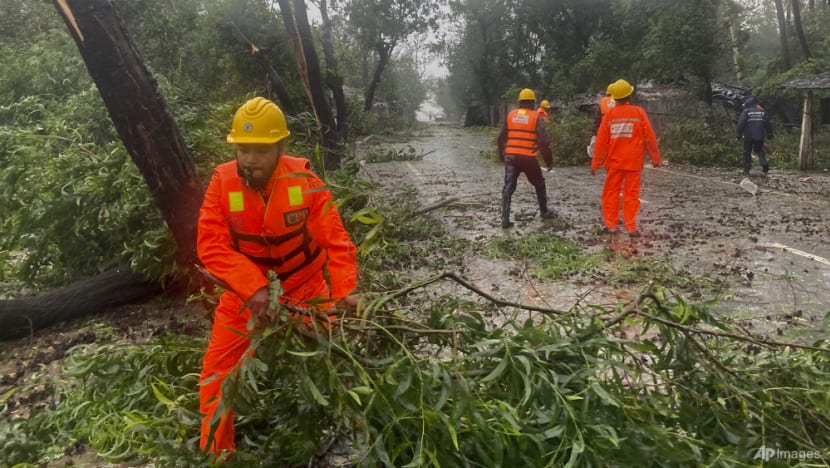
Volunteers clear obstacles in Cox's Bazar in Bangladesh. Photo: AP
About 400 to 500 temporary shelters were damaged in Bangladesh's Cox's Bazar but there were no immediate reports of casualties, refugee commissioner Mizanur Rahman said.
In Teknaf in Bangladesh, volunteers showed up to clear fallen trees and other obstacles from the road.
The cyclone did not cause "major damage", with 750,000 people evacuated before the storm made landfall, said Kamrul Hasan, an official at Bangladesh's disaster department.
Communications with the Myanmar port town of Sittwe were largely cut off after the storm. Streets in the town turned into rivers, roofs were ripped off many houses and power was cut off across the area.
The head of one refugee camp, Khin Shwe, said refugees there were watching the rising tide.
“We are waiting to see if the sea water will rise to our place… if the sea water rises, our camp could be flooded,” he said.
The Myanmar Red Cross said it was “preparing for a major emergency response”. Forecasters said the storm would bring heavy rain, which could trigger landslides.
Hundreds of people also fled Bangladesh’s Saint Martin Island, a local resort that was directly in the path of the storm. The island’s councillor, Noor Ahmed, said the storm uprooted hundreds of trees on the island. However, only two people were injured by fallen trees and no deaths were reported on the island.
Cyclone Mocha is the strongest storm to hit Bangladesh since Cyclone Sidr, said Azizur Rahman, head of the Bangladesh Meteorological Department.
Cyclone Sidr hit the southern coast of Bangladesh in November 2007, killing more than 3,000 people and causing billions of dollars in damage.
Trung Kien (according to AFP)
Source




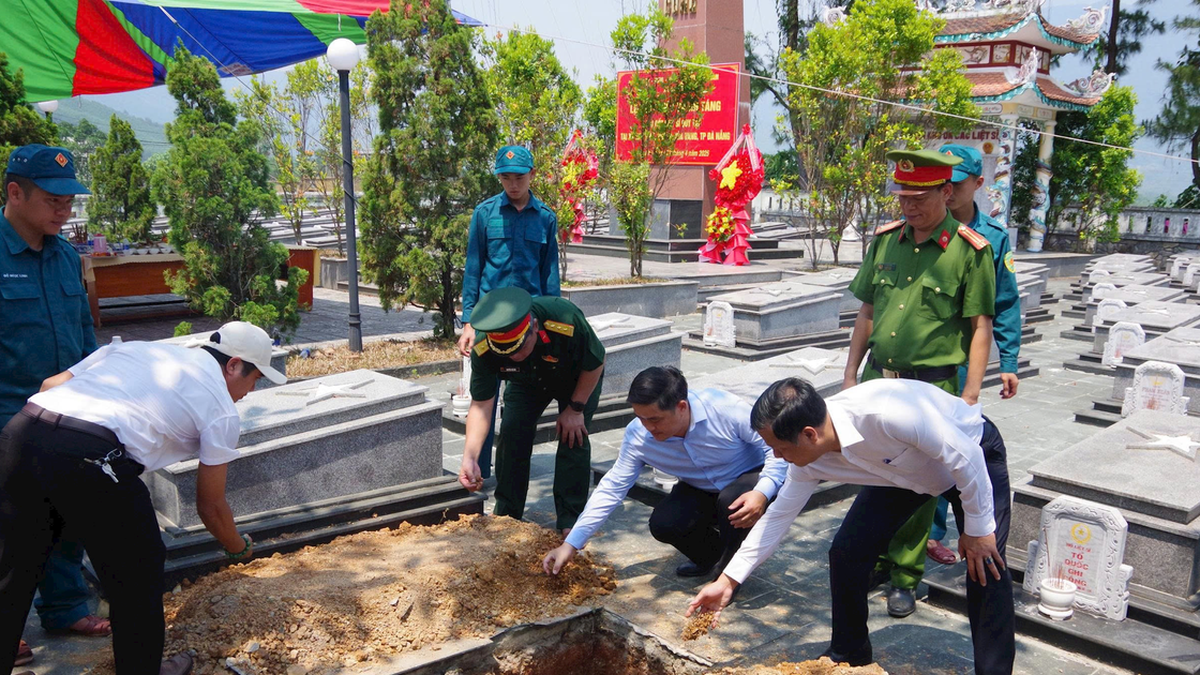
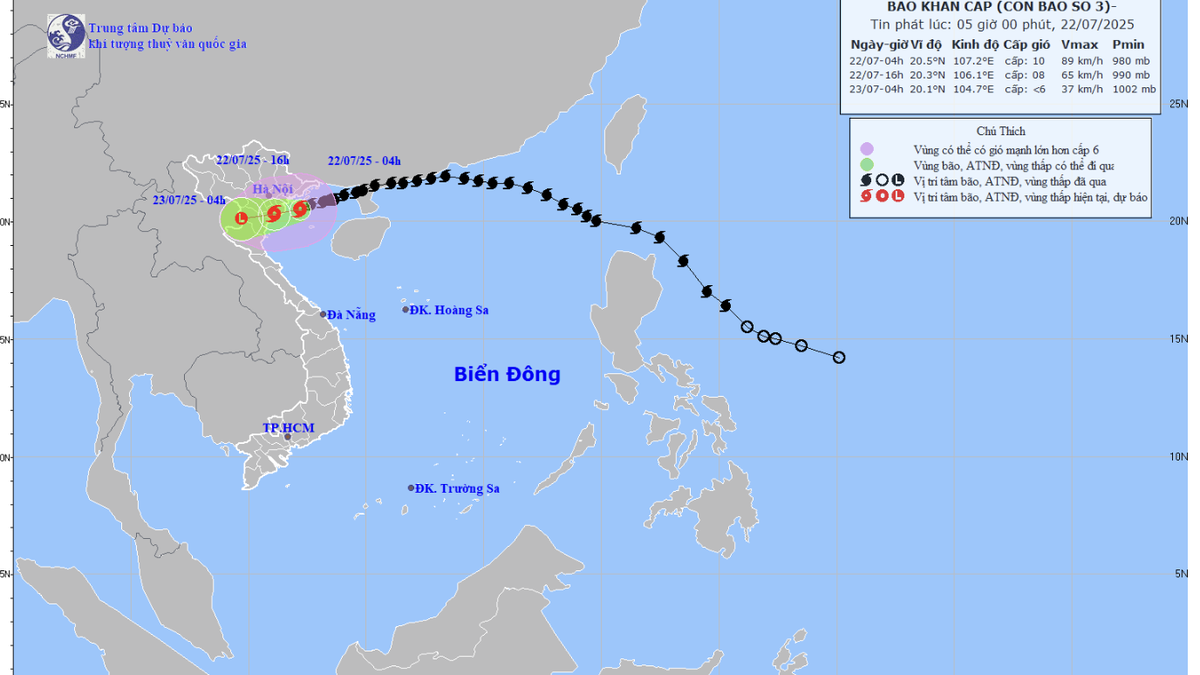


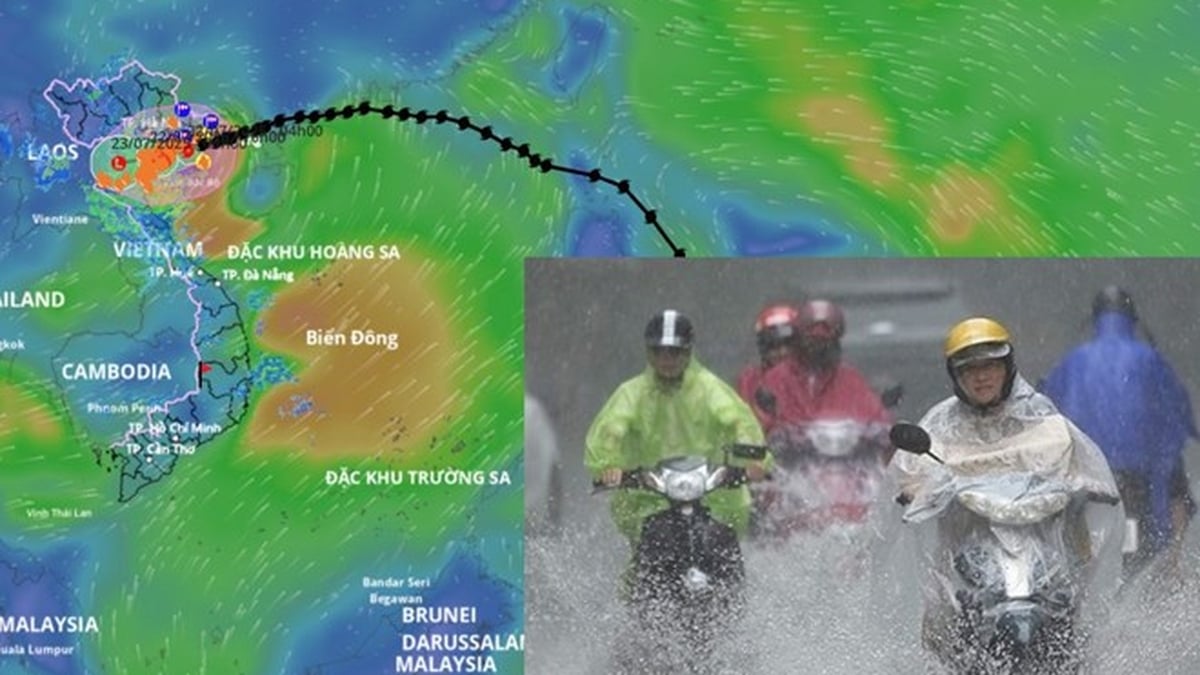
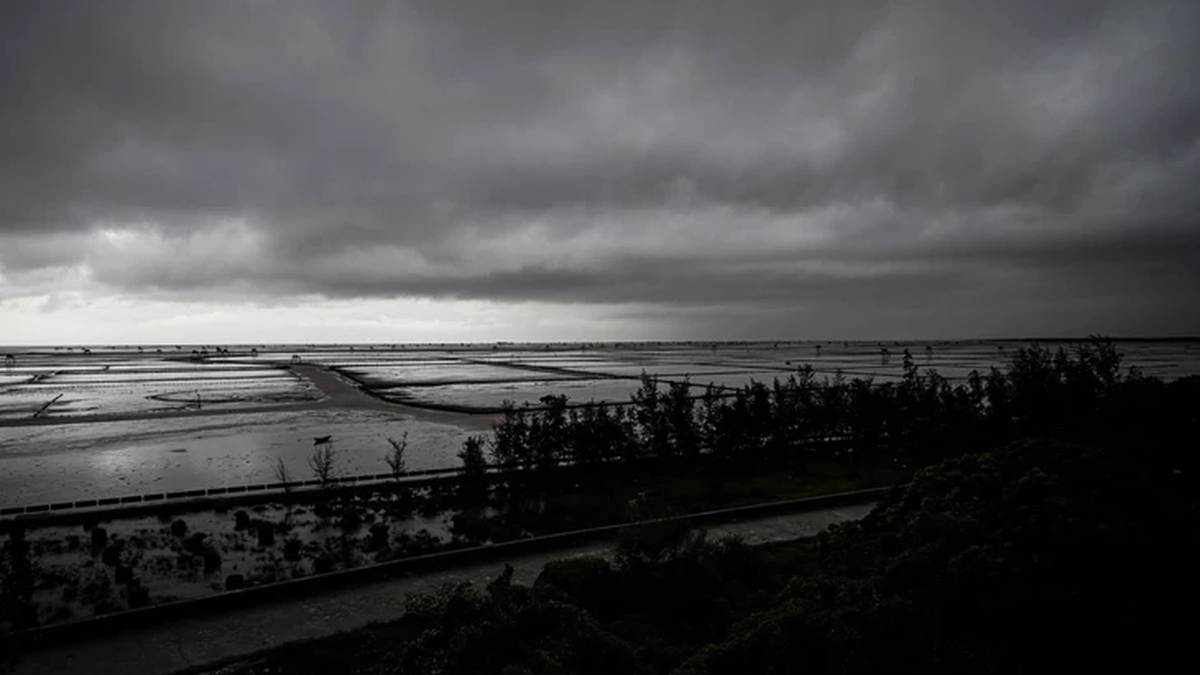














![[Photo] National Assembly Chairman Tran Thanh Man visits Vietnamese Heroic Mother Ta Thi Tran](https://vphoto.vietnam.vn/thumb/1200x675/vietnam/resource/IMAGE/2025/7/20/765c0bd057dd44ad83ab89fe0255b783)



















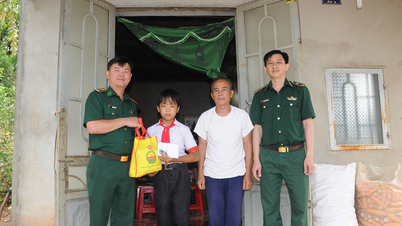

























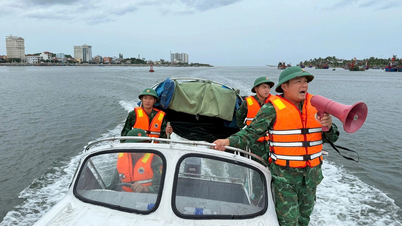


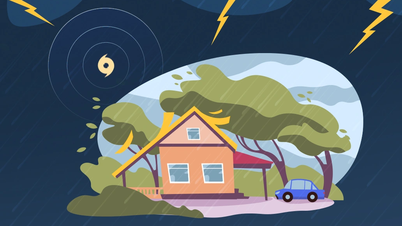






























Comment (0)